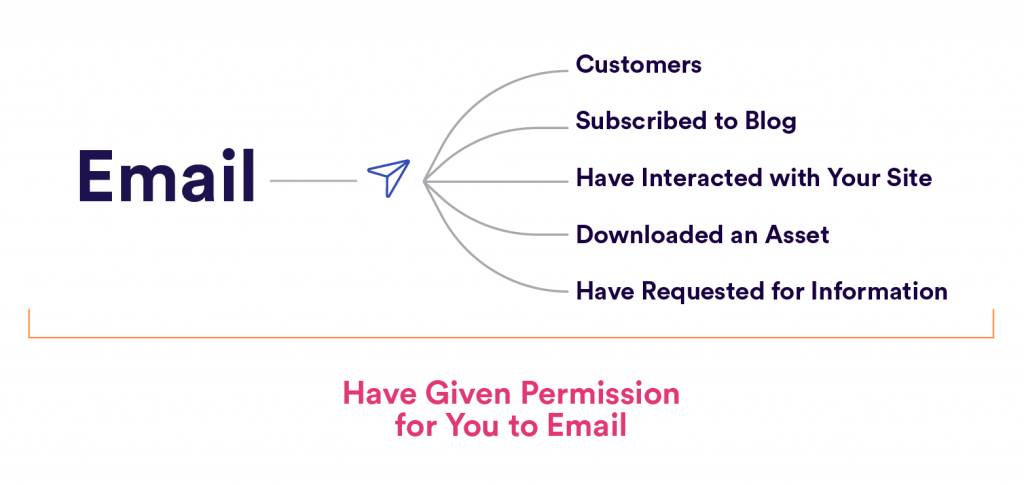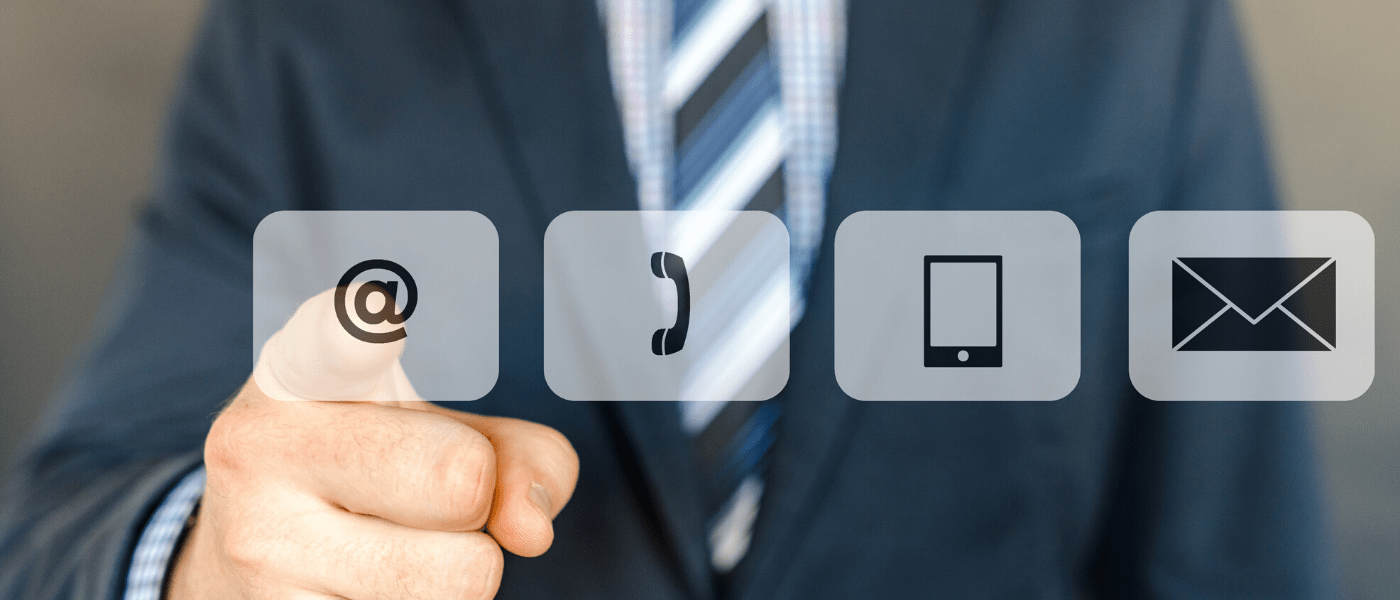What Is An Intent Data?
Let’s first understand that.
Intent data is the data that shows the degree of the likelihood a company or a person in the market would purchase a solution for the pain point. The intent data further helps in the intent-based marketing with the help of data-backed recommendations. The sales team cannot afford to ignore these data-backed recommendations.
So, here we come to know for understanding the intent purchase, you have to rely on the intent data!!!
In the current scenario, email marketing is also not untouched by the intent data. It has made its way to the intent-based email marketing or data-driven email marketing.
Most of the B2B marketers are taking a data-driven approach for their email marketing initiatives, and are focusing on the deep intent of the customer.
In the below image, you can see how the intent based data for email marketing can be collected:

Image Courtesy: CleverTap
Some of the factors which drive high traffic are:
- Keyword volume
- Clickability
- Promotion
All these factors also add to the intent data, to be further used for planning intent- driven email marketing.
You have to give what the customers are looking for…
Intent has been significantly linked with the number of conversions. This has also been proved by the regular Google updates. It has recognized that intent is more crucial than the Domain Authority (DA). The update focuses on addressing the intent of the user.
How leveraging intent based-data helps in sales and marketing follow up?
- It helps in building the buyer intent into marketing automation and scoring streams. Marketing automation helps to reach the right customer at the right time. When you are able to connect with the accurate prospect, it shoots up the sales conversions and revenue.
- It helps in driving the personalized sales follow up. A personalized sales follow up can help in a better understanding of the buyer’s interest and timing for developing more personalized strategies.
How To Capitalize On The Engagement?
After the contact is made, you have to capitalize on the engagement. These are some of the approaches which you have to make:
Adopting A Trigger-Based Email Strategy:
For example, you have to create a 24 to 48-hour re-engagement service based on the click or type of content downloaded. The trigger-based strategy helps to hit the right chord with the customer, as the actions are triggered as per the need of the user.
How Can An Email Generate A Click?
It can help to click by redirection to the landing page. It then shows more content other than which actually fits their needs. This way, you can improve the online experience of the buyer. Displaying the variety of content can increase the chance of more number of one-click engagements.
Segment By Geography:
There are many possibilities in this area. Most of the marketers send emails to the recipients by segmenting the data based on the geographical location. You can create a special category of email for the people in a specific state or city. Using the email segmentation for dividing the market and the list into different regions, zones, and states can significantly help in the targeted approach.
Segment By Industry:
Every industry has different requirements. When you create a separate strategy as per the requirements of the industry, then there are higher chances that you can send them the right intent based email.
Segment By The Behavior Of The User:
Every user is different. So you have to analyze the behavior of the user from the browsing history, past purchase, and the buying frequency.
Segment By The Lifecycle Stage:
The lifecycle stage, which includes the sales qualified lead, marketing qualified lead, customers, where they stand in the sales cycle, etc. helps to capitalize on the engagement to a great extent.
Segment By The Attendance At The Event:
Events have become a useful source of information for building the email list and sending an intent based email.
By The Persona:
You can increase conversions by the persona that is age, gender, likes, dislikes.
The Net Promoter Score:
The net promoter score, which measures the customer experience and predicts the growth, can also help in the targeted approach.
Is Intent Based Email Marketing Worth The Effort?
This is a crucial question. As marketers try new tactics to reach out to the accurate prospect, an intent based data serves the exact purpose in this case. Although it might sometimes complicate the things, but it surely gives a chance for discovering new business opportunities. Intent based email marketing helps in establishing more qualified leads and reaching them at the earliest in the buyer journey. This can help in closing more deals.
As intent based marketing is something new, as a marketer, you should know the right strategy to shoot the right intent based email to the recipients, which can increase the number of conversions in a short time.
Intent based email marketing is worth the effort as marketers struggle to connect with the right customer. The better information they have about the intent of the customer, the higher it increases the chances of conversions.
Conclusion:
Increasing conversions with intent based email nurturing is not a difficult task when you have the real-time data. As email marketing is a continuous process and needs improvement, you need to see which one works for your organization.
Plan accordingly, and put everything in place. The rest you can be assured that nothing will go wrong in your intent based email marketing campaign. As thousands of emails are sent every day, personalizing each of them to achieve the revenue goals can be complex but worthwhile.





